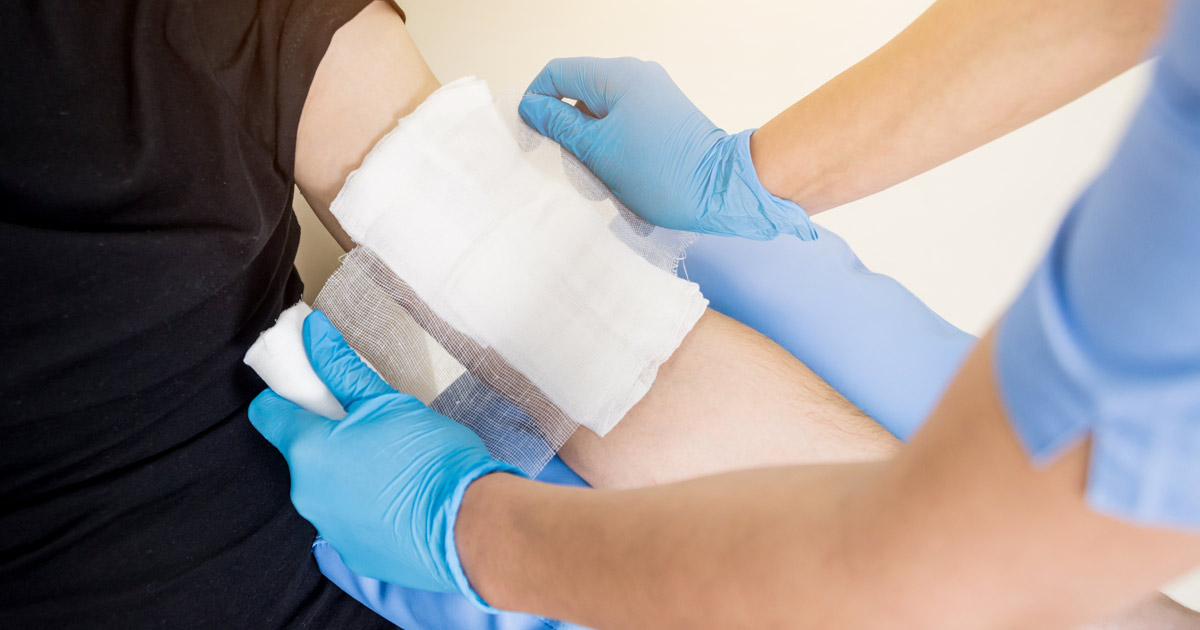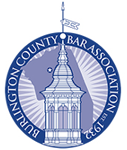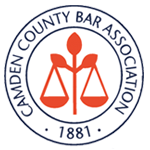People are familiar with household burns, such as when a person burns their hand on a stove or in hot water. These tend to be surface burns that blister and cause pain. More serious burns may require medical attention. The most serious burns occur in industrial settings due to contact with a hot surface or substance. However, there are other types of serious burns that can harm workers in different fields. From burns to large areas of the skin to deep tissue burns, the most horrific workplace injuries involve burns.
What are Common Burn Injuries?
Thermal burns are the most common type of burn injury, which originates from contact with a heat source, such as a flame, steam, or hot liquid. There are four types of thermal burns, which include:
- Flame burns: These burns occur due to exposure to intense heat or contact with an open flame. The misuse of flammable liquids or cooking devices can also cause dangerous flames that cause serious bodily damage.
- Flash burns: These burns can result from explosions of flammable liquids, such as gasoline, natural gas, or propane. Where flame burns may involve prolonged exposure to the heat source, flash burns are caused by a short blast of intense heat.
- Contact burns: Caused by touching hot surfaces, contact burns appear to cause a superficial injury. However, the damage can be quite intense. Jobs that involve contact with hot coals or molten metals, plastics, or glass can present a risk of serious contact burns.
- Scald burns: Hot liquids cause scald burns. When a person’s skin comes into contact with hot water, grease, or oil, it may cause a scald burn. The threat of scald injuries is determined by the temperature of the liquid and the length of contact. The longer exposure or submersion lasts, the worse the burn scald injury.
In addition to thermal burns, there are other common types of workplace burns, including:
- Chemical burns: Burns caused by contact with strong or flammable substances can cause chemical burns. These substances do not need to be at high temperatures to cause burns. Touching certain chemicals to bare skin can cause serious damage. Heavy-duty chemical substances, such as industrial strength acids, can react with the skin to cause severe chemical burns. These burns are possible from contact with familiar household substances, such as bleach, ammonia, and other cleaners.
Electrical burns: When a person is exposed to an electrical current that runs through their body, the heat produced can cause burns to areas of the body that may not be limited to the contact site. As the flow of electricity follows the path of least resistance, damage may be internal, and therefore, not easily detected. Sources of such dangerous currents found on jobsites include high-voltage and low-voltage electricity, as well as lightning strikes. These sources are common in construction and manual labor jobs, especially with electricians and electrical engineers.
- Radiological burns: Radiological burns are caused by radiation, such as sunburn caused by the sun’s infrared radiation. In addition to ultraviolet rays, medical and industrial exposures can produce radiological burns. In a medical context, radiological burns can be caused by x-rays and radiation therapy. Heath care workers may become exposed to the same dangerous radiation. The radiation involved in diagnostic and therapeutic machinery can damage cells in the body.
How is the Severity of a Burn Measured?
The severity of a burn is measured by many factors, such as the temperature of the heat source, the duration of contact, and the nature of the surface or substance that caused the burn, as well as the area of the body affected by the burn and the blood flow to that location. These case-specific factors may indicate the best course of treatment to pursue. Skin burns are categorized by how deep the damage penetrates the layers of the skin. A first, second, or third-degree designation is assigned according to how deep the burn goes into the skin. The breakdown is as follows:
- First-degree burns: The most common and least severe, first-degree burns affect only the top layer of the skin, the epidermis. Common sunburn is an example of a first-degree burn, while sunburn that produces blisters may go deeper and constitute a more severe, next-level burn. First-degree burns are marked by a bright pink or red tone to the skin. First-degree burns caused by exposure to something other than the sun react similarly to mild, but painful sunburn. These burns typically heal in a few days. The skin may peel as the damaged top layer of skin is shed away.
- Second-degree burns: Second-degree burns reach the second layer of skin, called the dermis. Often, the top-layer epidermis is destroyed, as the damage affects the top portion of the underlying dermis. Painful second-degree burns may involve sensation loss. Treatment involves skin grafting, where minimal scarring is possible, and healing may take several weeks.
- Third-degree burns: The most serious burns are third-degree burns. They affect the epidermis, the dermis, and the hypodermis. The hypodermis, also called the subcutaneous layer, includes subcutaneous fat, hair follicles, blood vessels, and nerve endings. As all layers of the protective skin are affected, the tissues underneath the skin may also be damaged. Third-degree burns will look dry and leathery and may be black or white. These burns can be extremely painful, although damage to nerve endings may cause complete numbness.
Cherry Hill Workplace Accident Lawyers at Pietras Saracino Smith & Meeks, LLP Represent Workers Burned in Work Accidents
If you were badly burned in a work accident, you may be eligible to collect workers’ compensation benefits to pay for your medical bills and lost wages. The Cherry Hill workplace accident lawyers at Pietras Saracino Smith & Meeks, LLP will help you prove your claim to your employer or help ensure that they pay what is owed to you. Contact us online or call 856-761-3773 to schedule a free consultation today. Located in Cherry Hill, New Jersey, we serve clients throughout South Jersey, including Camden, Cinnaminson, Delran, Maple Shade, and Pennsauken.













